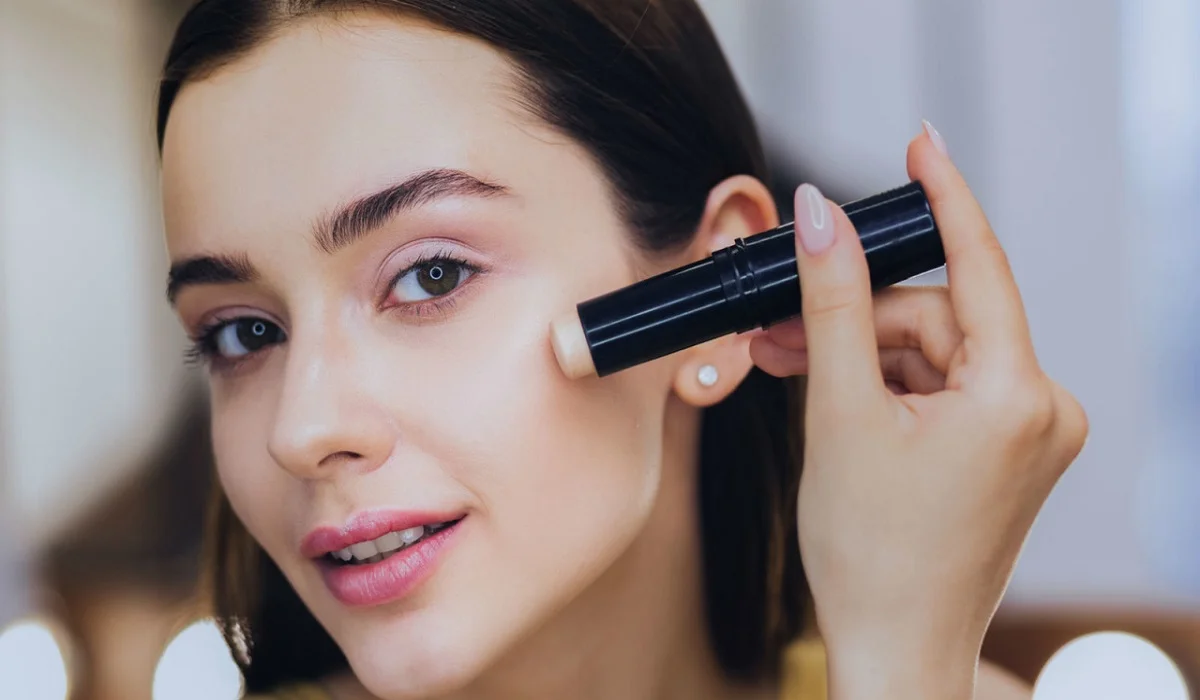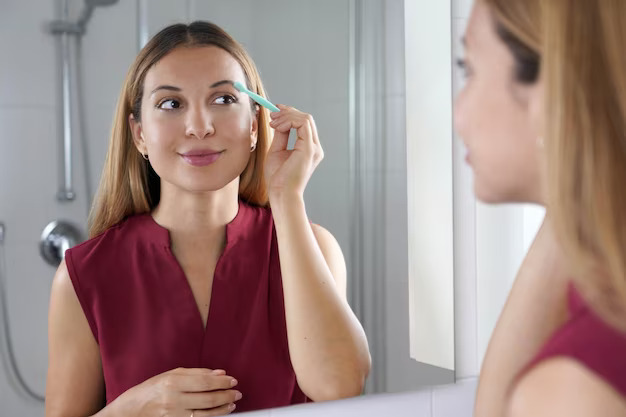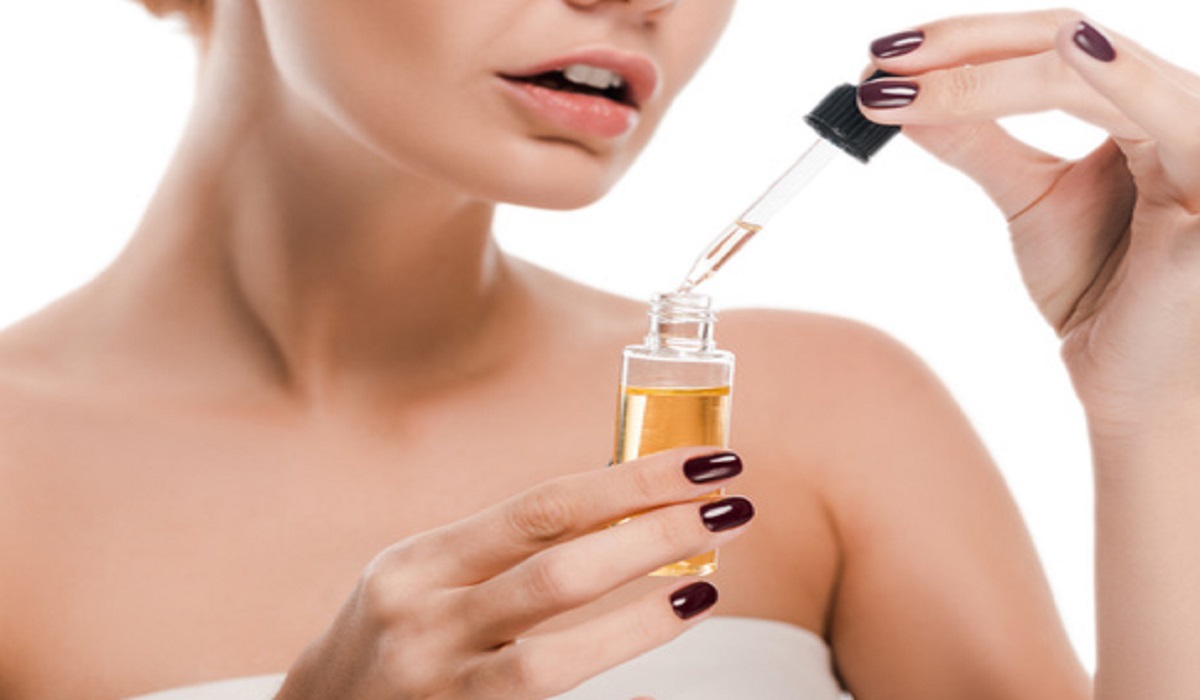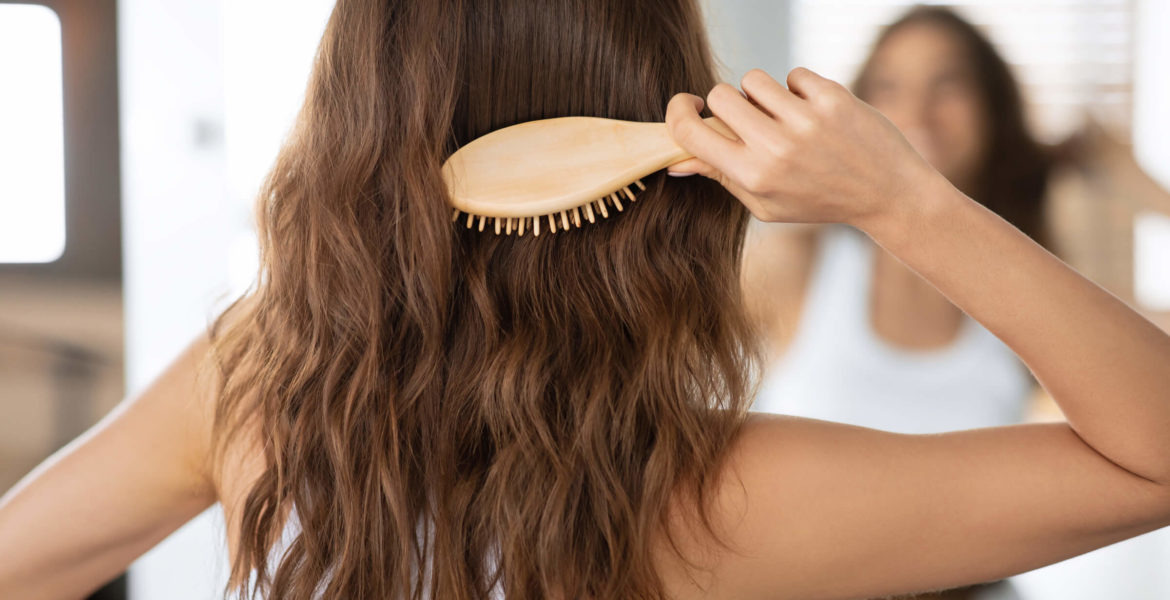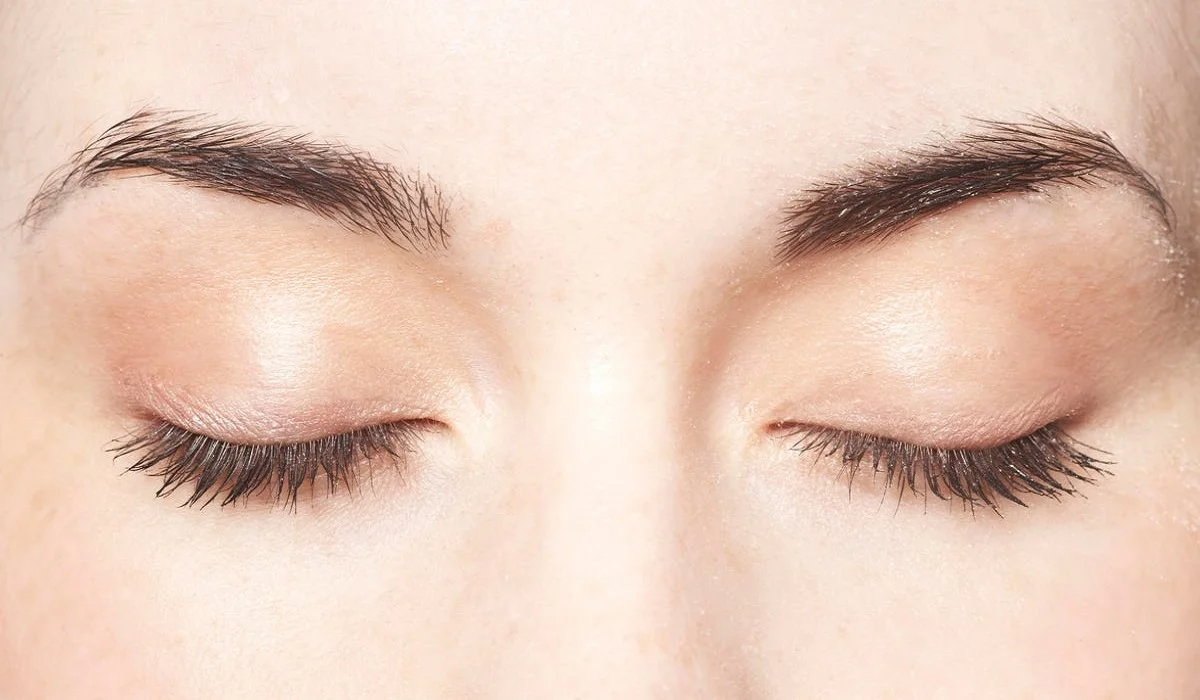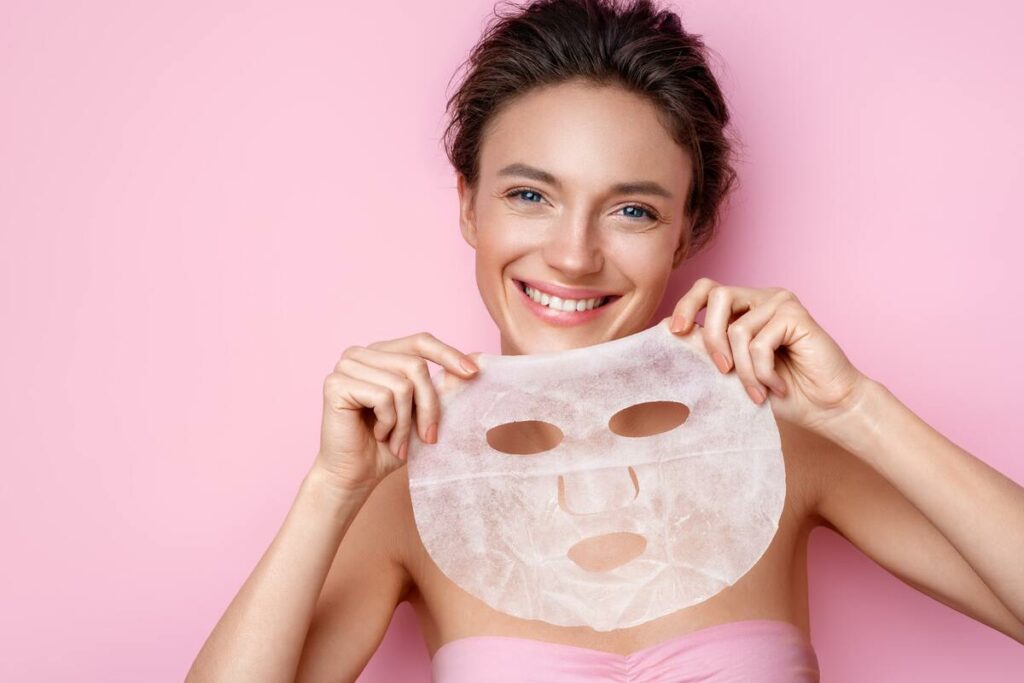
As we age, our skin goes through many changes, one of which is the development of wrinkles and fine lines. Forehead wrinkles and fine lines are some of the most noticeable signs of aging, and they can be a cause of concern for many people. However, there are many factors that contribute to the development of these wrinkles and fine lines, and there are also many ways to fix them.
In this article, we will explore the top causes of forehead wrinkles and fine lines and discuss how to fix them.
Causes of Forehead Wrinkles and Fine Lines
Aging: As we age, our skin loses its elasticity and becomes thinner, making it more prone to wrinkles and fine lines.
Sun damage: Exposure to the sun’s UV rays can damage the skin, causing it to lose elasticity and develop wrinkles and fine lines.
Genetics: Some people are more prone to developing wrinkles and fine lines due to their genetics.
Smoking: Smoking is known to accelerate the aging process and can lead to the development of wrinkles and fine lines.
Repetitive facial expressions: Repeatedly making the same facial expressions can cause the skin to crease, leading to the development of wrinkles and fine lines.
Dehydration: When the skin is dehydrated, it can become dry and more prone to wrinkles and fine lines.
Poor diet: A poor diet that is low in nutrients and antioxidants can contribute to the development of wrinkles and fine lines.
How to Fix Forehead Wrinkles and Fine Lines
Sun protection: Protecting your skin from the sun’s UV rays is one of the best ways to prevent the development of wrinkles and fine lines. Always wear sunscreen when you are outside and try to stay in the shade during the hottest parts of the day.
Moisturize: Keeping your skin moisturized can help to prevent wrinkles and fine lines from developing. Use a high-quality moisturizer that contains hyaluronic acid, which helps to hydrate the skin and reduce the appearance of wrinkles.
Facial exercises: Performing facial exercises can help to strengthen the muscles in your face and prevent the development of wrinkles and fine lines.
Quit smoking: Quitting smoking is one of the best things you can do for your skin. Smoking is known to accelerate the aging process and can lead to the development of wrinkles and fine lines.
Hydration: Staying hydrated is essential for maintaining healthy skin. Make sure to drink plenty of water throughout the day to keep your skin hydrated and prevent the development of wrinkles and fine lines.
Healthy diet: Eating a healthy diet that is rich in nutrients and antioxidants can help to prevent the development of wrinkles and fine lines. Foods that are high in vitamin C, such as citrus fruits, can help to boost collagen production, which can help to reduce the appearance of wrinkles.
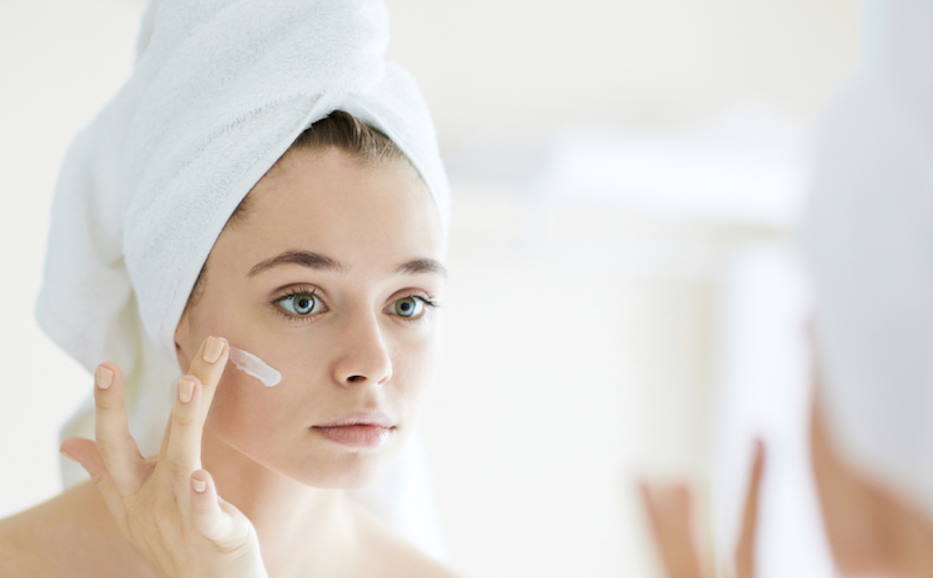
Cosmetic treatments: There are many cosmetic treatments available that can help to reduce the appearance of wrinkles and fine lines. Botox injections, dermal fillers, and chemical peels are just a few of the treatments that are available.
Forehead wrinkles and fine lines are a common concern for many people, but there are many ways to prevent and treat them. Protecting your skin from the sun’s UV rays, staying hydrated, eating a healthy diet, and quitting smoking are all essential for maintaining healthy skin and preventing the development of wrinkles and fine lines. If you are already dealing with wrinkles and fine lines, there are many cosmetic treatments available that can help to reduce their appearance. By taking care of your skin and making healthy lifestyle choices, you can keep your skin looking youthful and radiant for years to come.
Use Retinoids: Retinoids are a type of vitamin A that can help to reduce the appearance of wrinkles and fine lines by increasing collagen production and improving skin elasticity. Look for over-the-counter retinol products or prescription-strength retinoids from a dermatologist.
Use Facial Massage Techniques: Facial massage techniques can help to improve blood flow to the skin, which can boost collagen production and reduce the appearance of wrinkles and fine lines. Use a jade roller or gua sha tool to gently massage your forehead and other areas of your face.
Get Enough Sleep: Getting enough sleep is essential for maintaining healthy skin. When you don’t get enough sleep, your body produces more cortisol, a stress hormone that can lead to the breakdown of collagen and the development of wrinkles.
Avoid Harsh Chemicals: Harsh chemicals found in some skincare products can damage the skin and make it more prone to wrinkles and fine lines. Look for products that are free from parabens, sulfates, and other harmful chemicals.
Use a Humidifier: Dry air can make the skin more prone to wrinkles and fine lines. Use a humidifier in your home to add moisture to the air and keep your skin hydrated.
Practice Stress-Reduction Techniques: Chronic stress can accelerate the aging process and lead to the development of wrinkles and fine lines. Practice stress-reduction techniques such as meditation, yoga, or deep breathing to help reduce stress and keep your skin looking youthful.
By following these tips, you can reduce the appearance of forehead wrinkles and fine lines and keep your skin looking healthy and radiant. Remember that prevention is key, so make sure to protect your skin from sun damage, stay hydrated, and eat a healthy diet to help prevent the development of wrinkles and fine lines. If you have any concerns about your skin, consult a dermatologist for personalized advice and treatment options.

